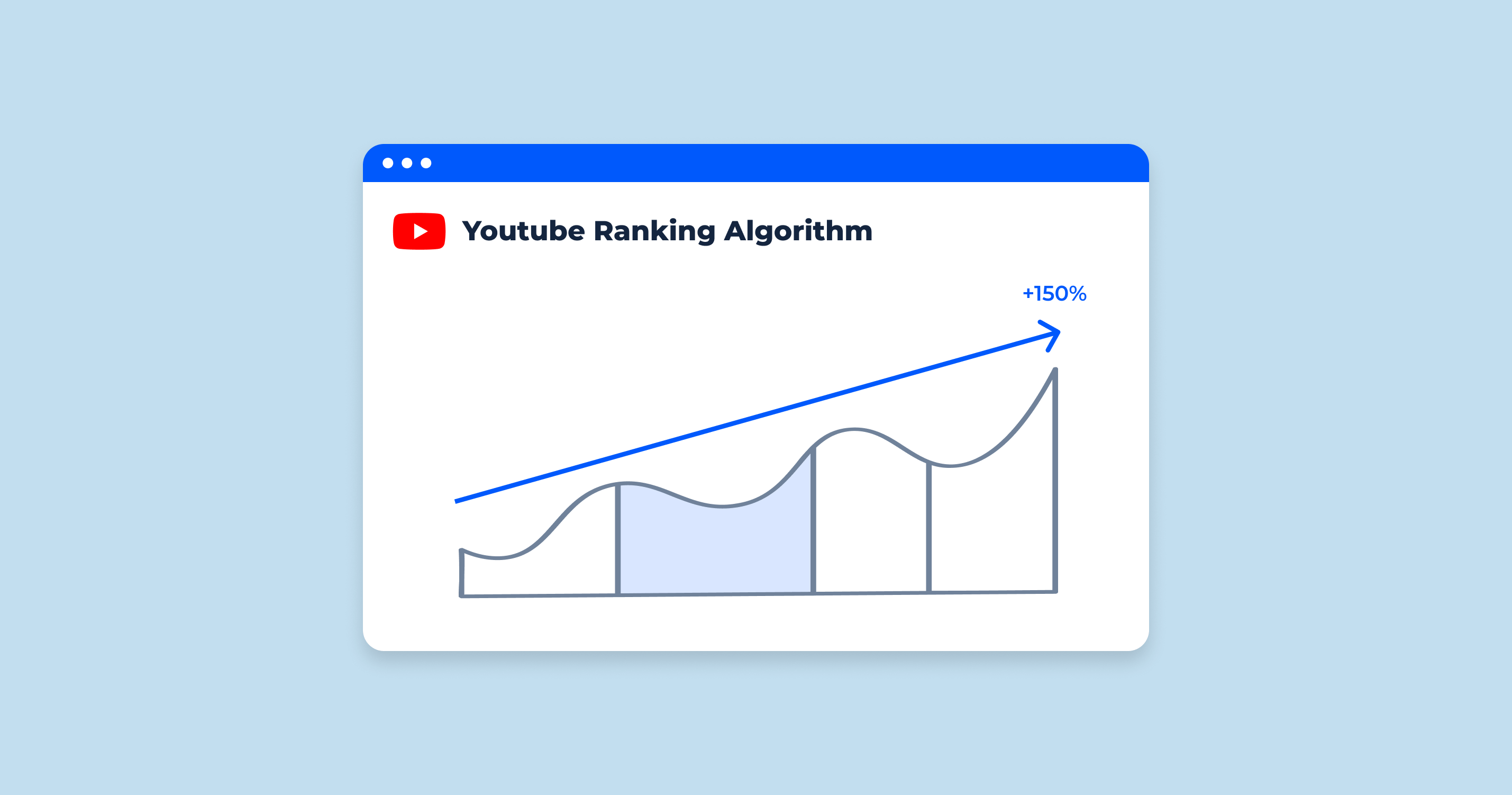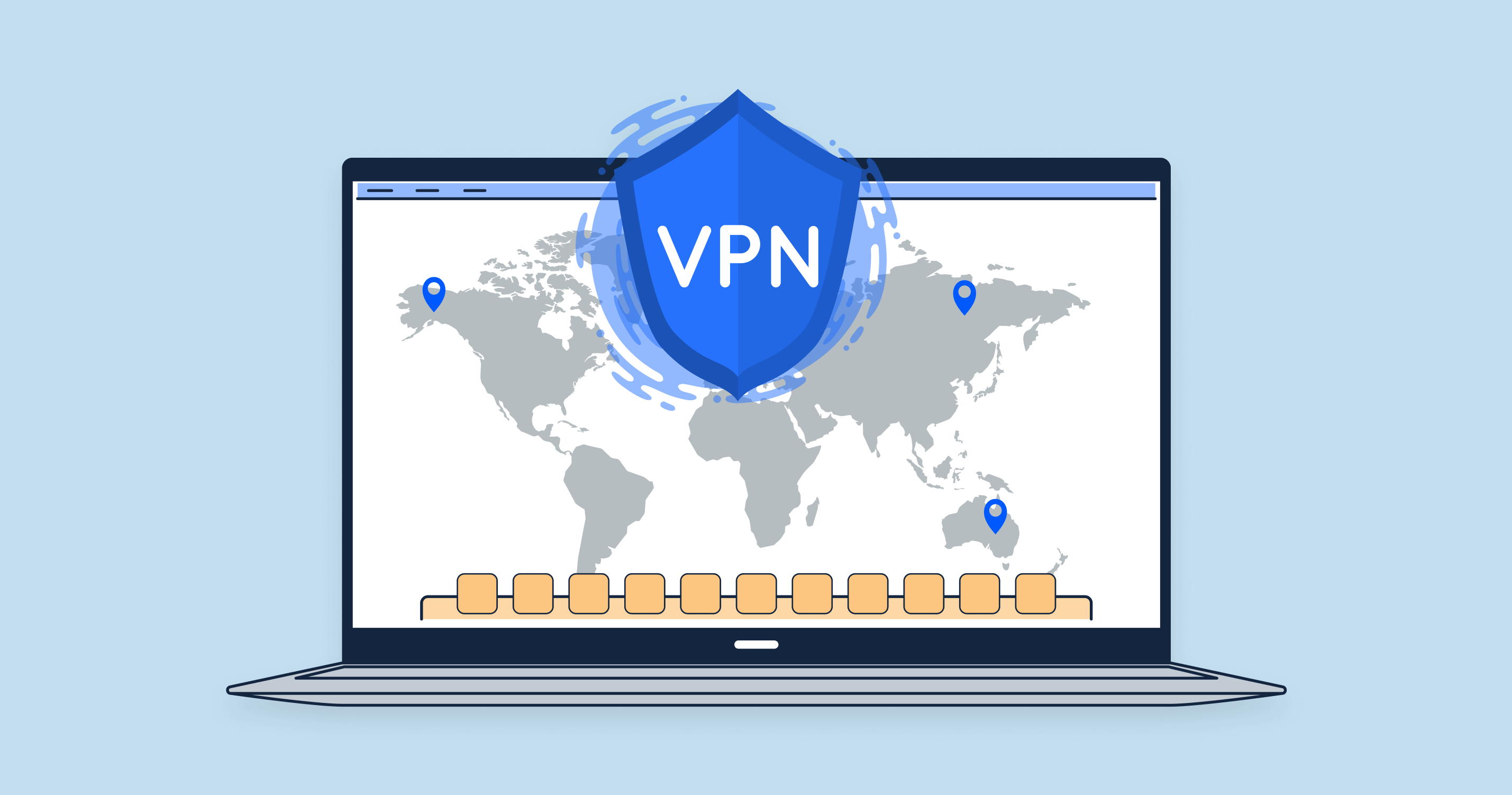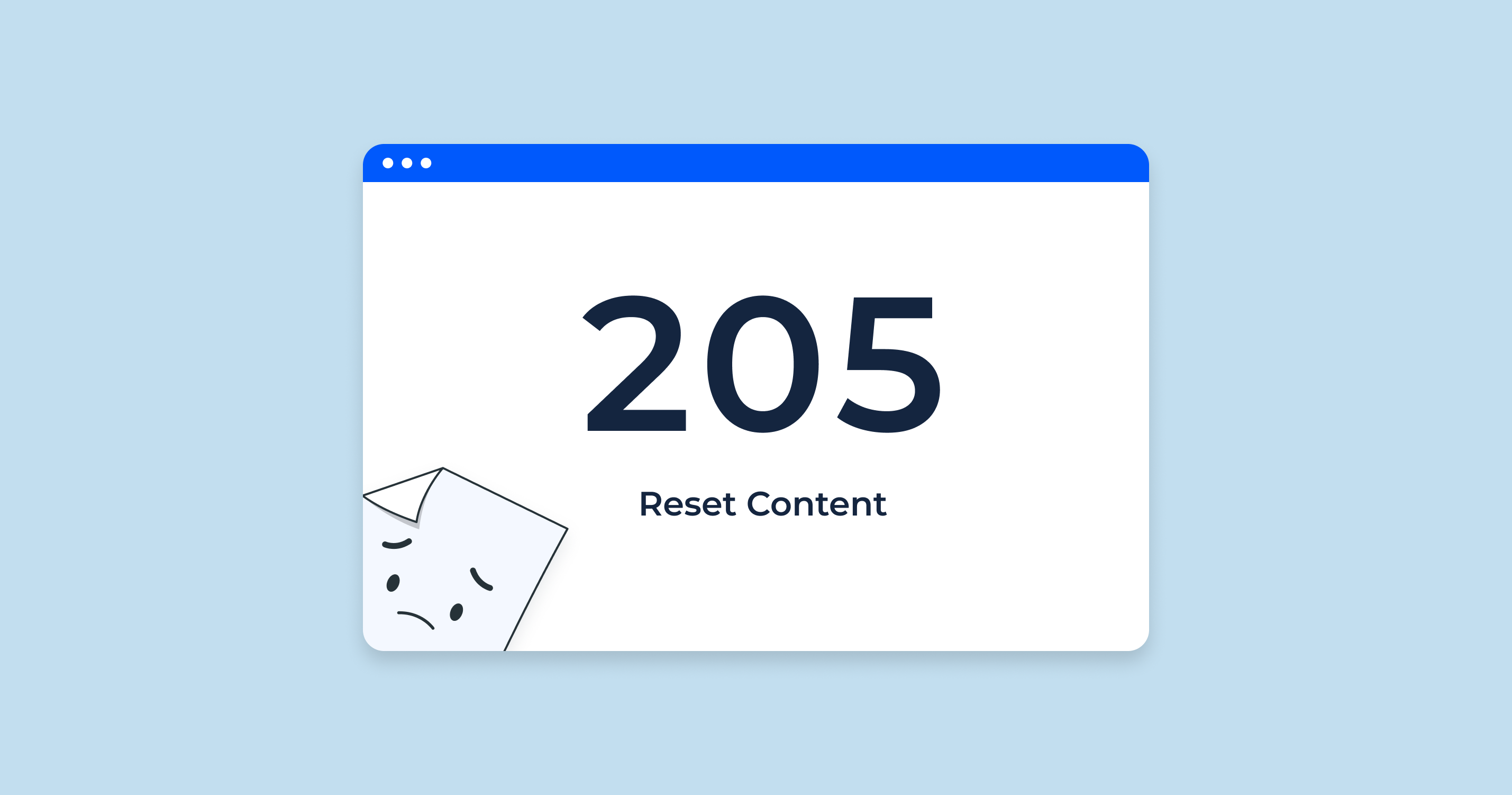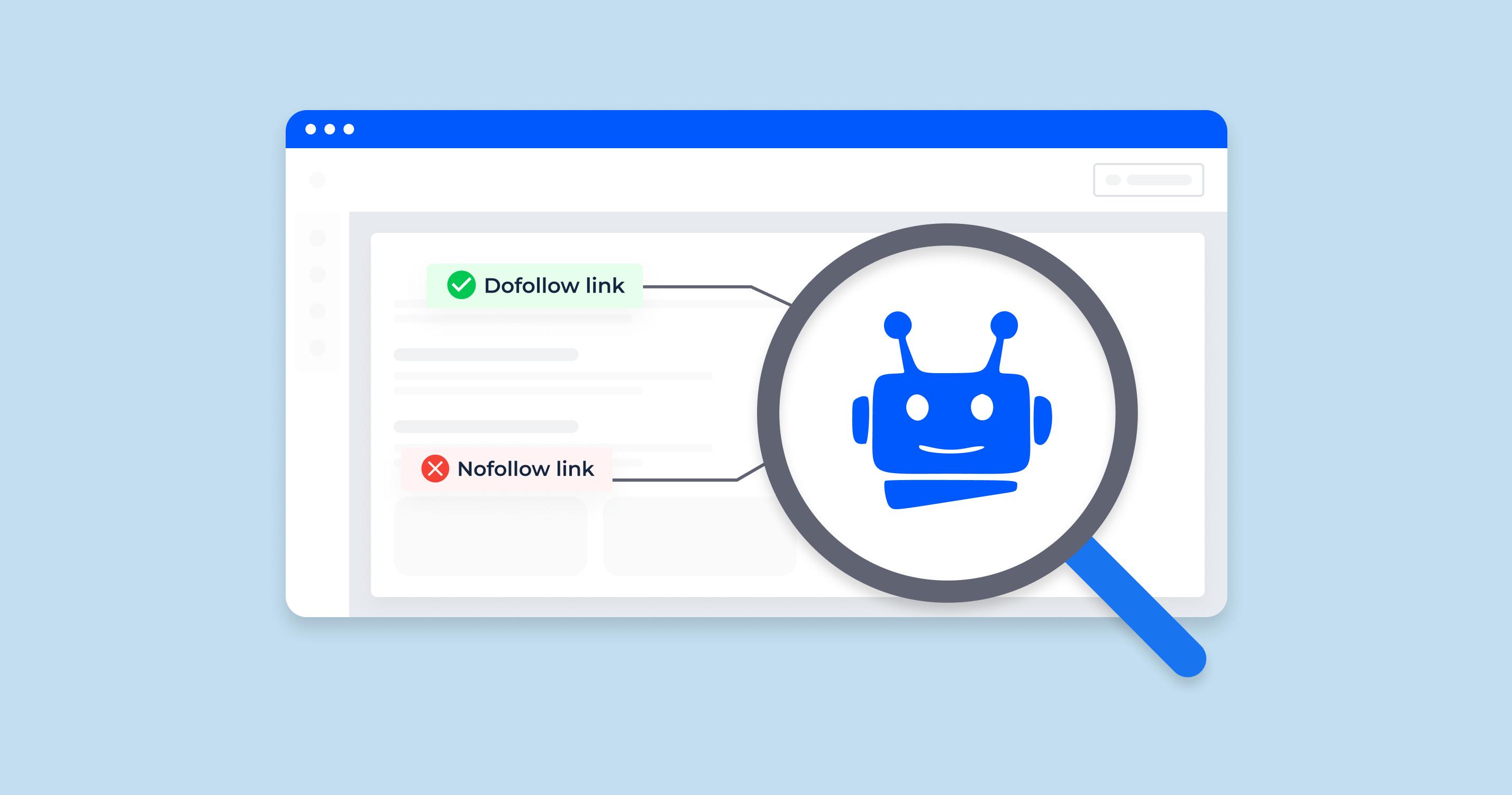YouTube’s ranking system organizes videos in search results and feeds, leveraging metrics such as quality, relevancy, and user engagement. This algorithm assesses your video, comparing it with millions of others based on parameters like popularity, duration, and upload date. Viewer retention, click-through rate, and unseen factors play crucial roles in this ranking process.
View velocity, a metric that gauges how quickly subscribers watch a newly published video, is also influential in the ranking system. The higher the velocity, the better the ranking.
YouTube aims to present the most relevant and engaging content to users based on their search or viewing history. Metadata, view count, watch time, user engagement, click-through rate, and more can influence the video’s ranking.
For better visibility and appeal to the algorithm, creators optimize their content as part of YouTube SEO to gain more views, likes, and subscribers.
The YouTube algorithm tailors recommendations to each user based on their preferences and watch history. It monitors user activity on the platform, and along with factors like video metadata, content, descriptions, and engagement, it curates search results.
Key factors influencing YouTube ranking include video metadata, quality, social signals, subtitles, captions, thumbnails, annotations, and branding. Keywords significantly help the algorithm to comprehend the content and rank it accordingly. The algorithm also considers views, audience retention, and meta tags, with comments being notably influential.
Moreover, audience retention, encompassing view duration and the average percentage viewed, also informs the ranking. Views are vital, reflecting the performance of videos and their position on the YouTube result page. The algorithm also performs a statistical analysis of viewership based on the content’s interactivity.
Let’s explore in detail what does impact YouTube rank.
The YouTube Algorithm
The YouTube algorithm is designed to provide users with videos that they are most likely to watch and enjoy based on their interests and previous activities on the platform. The algorithm uses a real-time feedback loop that categorizes videos for each user based on their interests and previous activities. It tracks the time that the user spends on YouTube and the types of videos they watch, like, and dislike.
The algorithm considers various factors such as the name, contents, descriptions, engagement, comments, viewing figures, watch time, and more to help rate and rank the order in which videos appear in search results.
In 2023, the YouTube algorithm delivers distinct recommendations to each user tailored to their interests and watch history. These recommendations are weighted based on factors like the videos’ performance and quality.
There are several factors that affect YouTube ranking.
Here are some of the main ones:
- Video metadata: Titles, descriptions, and tags are the main ranking factors.
- Video quality: HD content will rank higher than low-quality ones.
- Social signals: Views, likes (thumbs up), shares, and links affect YouTube video rankings.
- Subtitles and closed captions: You can add closed captions to videos.
- Thumbnail and annotations.
- Branding.
One of the biggest ranking factors considered by YouTube is video keywords. Those are the keywords used, mentioned, and tagged in your content. How well a keyword describes the content is what helps the YouTube algorithm understand the video. And the better the algorithm understands the content of a video, the higher it ranks.
Other factors that can affect YouTube ranking include counts of views, audience retention, and meta tags. Comments appear to be an influential ranking factor as well. Longer videos significantly outperform shorter clips. Also, views are a vital factor when it comes to rankings.
Tips for Improving Search Rankings on YouTube
Enhancing your search rankings on YouTube involves optimizing various aspects of your videos and channel. Strong search rankings are key. This brief guide offers practical tips for optimizing your content, enhancing viewer engagement, and making the most of YouTube’s unique algorithm to improve your search rankings.
Discover how to climb the ranks and ensure your videos get seen by the right audience.
Uncover the Magic of Keywords
Just as in traditional SEO, keyword research is your first line of attack. What phrases are users inputting to discover content similar to yours? Once you’ve gathered a list of potent keywords, infuse them naturally into your video titles, descriptions, and tags.
Finding the best keywords for YouTube is important if you want to rank your videos and get more views. There are different methods and tools you can use to find popular and relevant keywords for your videos. Here are some of them:
- Use YouTube’s autocomplete feature to see what keywords people are searching for. Just type a word or phrase in the search box and see what suggestions YouTube gives you.
- Use our YouTube keyword tool or TubeBuddy, Ahrefs to get more keyword ideas, search volume estimates, competition scores, and related searches.
- Use YouTube Studio research data to see what keywords your audience uses to find your videos. Go to Analytics > Reach Traffic source. YouTube search and see what search terms are driving views to your channel.
- Use Google Trends to find trending keywords related to your topic. You can filter by YouTube search and see the interest over time, region, and related queries.
- Use competitor analysis to see what keywords they use for their content. You can check their titles, descriptions, tags, and view source code to find relevant keywords.
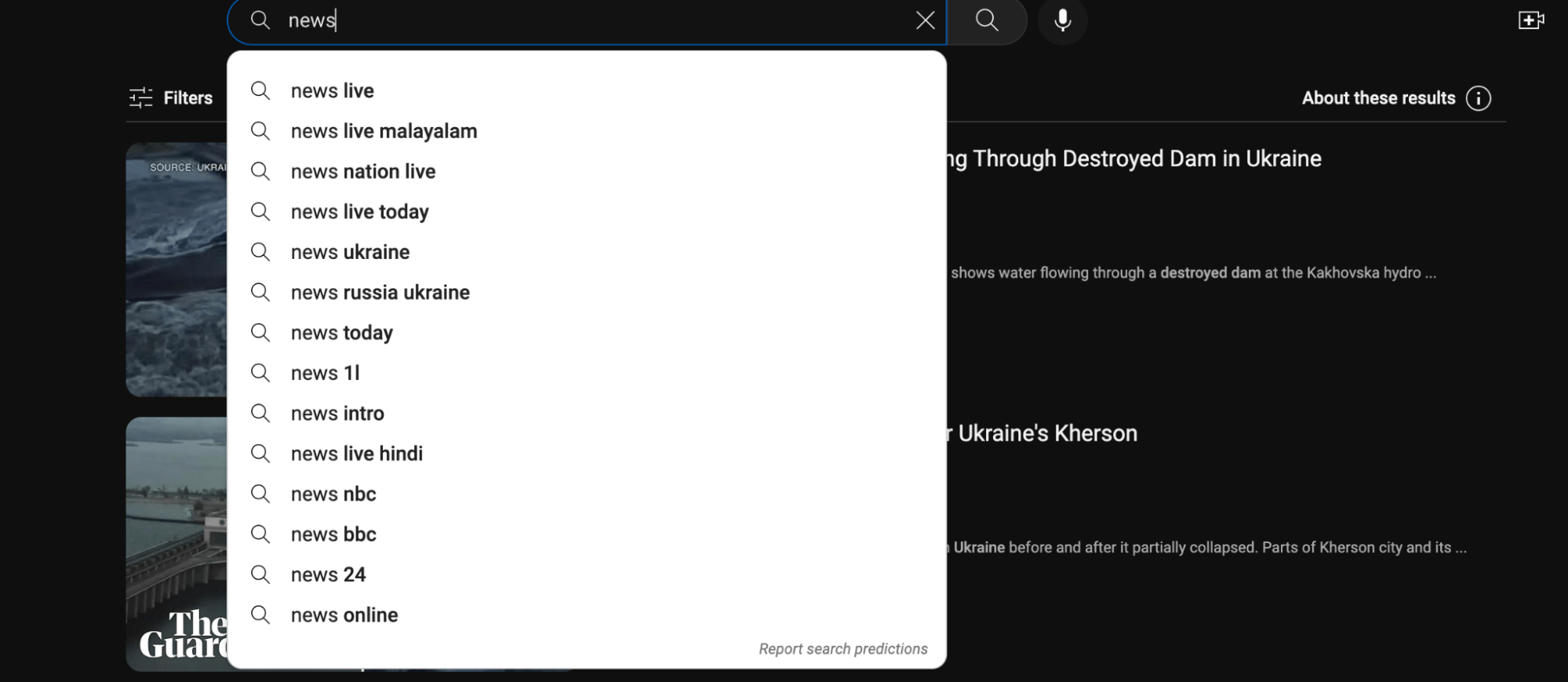
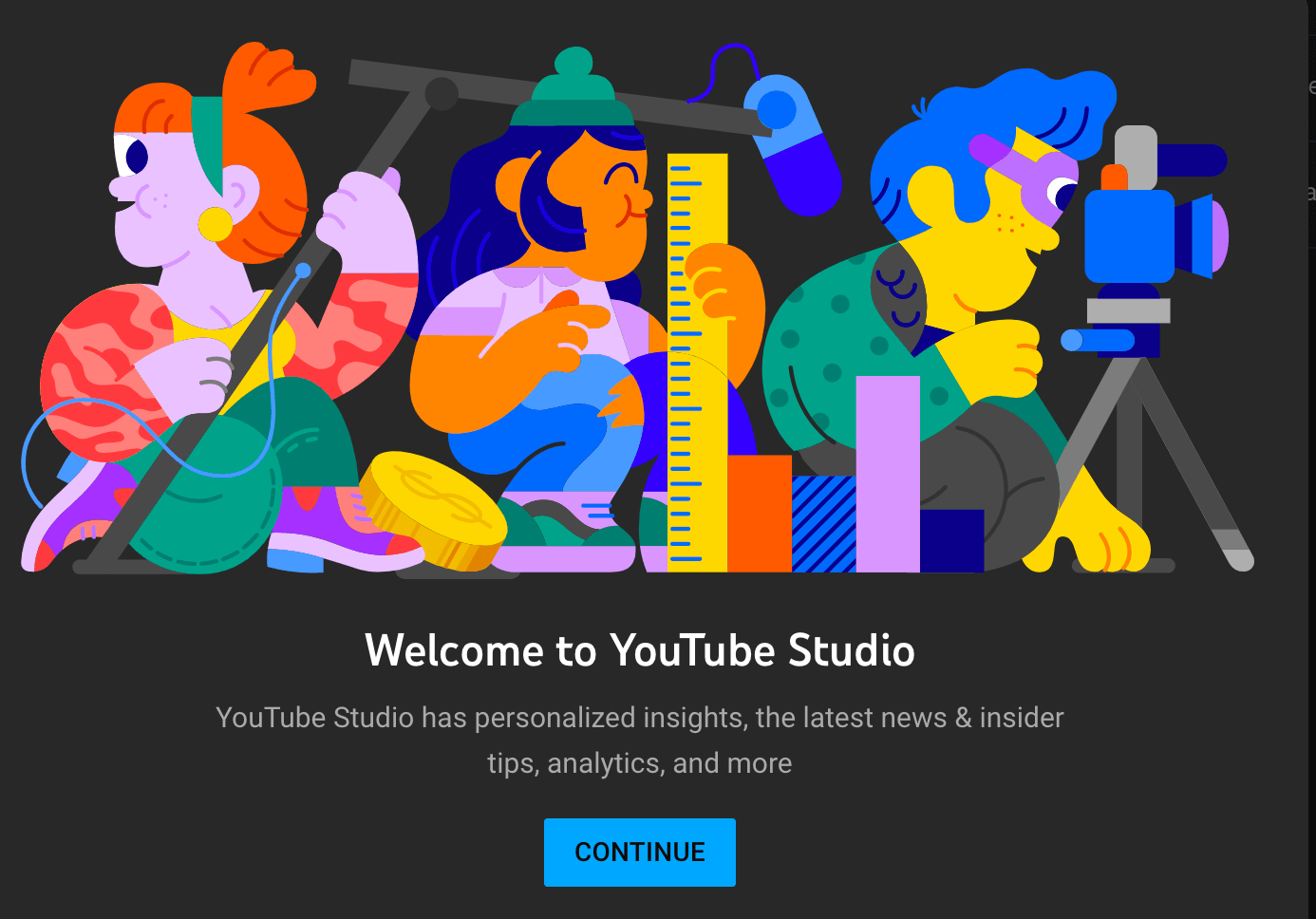
These are some ways to find the best keywords for YouTube. You should also optimize your videos with these keywords in your title, description, tags, thumbnail, and captions to improve your chances of ranking higher.
Harness the Power of Video Metadata
Be sure to fine-tune your video metadata, including the title, description, and tags. Every word should serve a purpose, guiding users and the YouTube algorithm to understand the essence of your content.
Don’t keyword-stuff, though. Instead, create a natural flow that appeals to both your audience and the search algorithms.
Incorporating hashtags into your YouTube channel or YouTube Music playlists can significantly increase your reach. Whenever you’re uploading a video, recording a YouTube Short, or curating a playlist in YouTube Music, you have the opportunity to add relevant hashtags.
Here’s how you can effectively utilize hashtags on YouTube:
Start typing your desired topic or keyword preceded by a # symbol in the title or description of your video. As you type, YouTube’s intelligent system will prompt you with popular hashtags that match your input.
You can then select a suggested hashtag to boost your video’s visibility among similar content or, alternatively, create a custom hashtag that aligns perfectly with your video.
In your video’s description, you can add multiple hashtags, but the three deemed most impactful will be displayed next to your video title. While the remaining hashtags will continue to reside in the description, they all collectively contribute to your video’s discoverability through search results.
Each hashtag in the title and description acts as a clickable link, leading to a results page showcasing other videos labeled with the same hashtag.
Master the Art of Thumbnails and Titles
Remember, your thumbnail and title are your storefront. Make them irresistible. A captivating thumbnail paired with an engaging title can work wonders for your click-through rate (CTR), a key player in YouTube’s ranking formula.
Here is the video from YouTube Creators with designing thumbnails, tips for writing titles, and how to use analytics to see how these elements are performing:
Cultivate Audience Engagement
Never underestimate the power of interaction. Encourage your viewers to like, share, comment on, and subscribe to your videos. A thriving, interactive community around your content signals to YouTube that you’re serving your audience well.
‘First 24 Hours’ Rule
Your video’s performance in its initial 24 hours can heavily influence its ranking. So, don’t hold back! Promote your new content across your social networks, email subscribers, and your website, ensuring it gets the traction it deserves right off the bat.
YouTube has introduced an analytics tool designed to empower creators with insights into their video’s performance within the first 24 hours of posting.
Earlier, creators could not access data from a video’s initial 24 hours, except for the public view count. This critical information was missing from their analytics.
Watch this video by Creator Insider about 24 Hour Metric in YTA:
With this update, this data is now easily accessible within the YouTube Creator Studio’s video analytics section. To access this treasure trove of information, creators simply need to navigate to the date picker in the top right-hand corner and select “First 24 hours.”
Obsess Over Content Quality
No amount of SEO tricks can compensate for poor content.
Creating high-quality content demands understanding your audience, providing value, and maintaining consistent style and schedule. Ensure your content is accurate, clear, and complemented with engaging visuals. Proofreading is crucial to eliminate errors, and audience engagement should be encouraged.
Apply SEO best practices for wider reach and use storytelling to enhance engagement. Ultimately, quality over quantity matters in content creation.
Balance Video Length
While longer videos can contribute to greater watch times (and thus better rankings), remember that conciseness is key to maintaining viewer interest. Find that sweet spot that keeps your audience engaged throughout.
The ideal YouTube video length depends on your content, audience, and goals. There is no one-size-fits-all answer, but there are some general guidelines and best practices you can follow.
The average YouTube video length is 11.7 minutes according to Statista. However, this varies by topic and genre. Some videos may need more or less time to convey their message effectively.
YouTube favors videos that have high watch time and audience retention. Watch time is the total amount of time people spend watching your content, while audience retention is the percentage of your content that people watch. Both metrics indicate how engaging and relevant your videos are to your viewers.
YouTube also allows you to monetize your videos if you meet certain criteria, such as having at least 1,000 subscribers and 4,000 watch hours in the past 12 months. To maximize your revenue potential, you may want to make your videos at least 10 minutes long, as this enables you to insert more ads throughout your content.
However, you should not make your videos longer than they need to be just for the sake of monetization or watch time. You should focus on creating value for your viewers and keeping them interested throughout your video. If your content is too long or boring, people will click away, affecting your rankings and reputation.
You should also consider the intent and expectations of your viewers when deciding on your video length. For example, if you are making a tutorial or a review video, you may need more time to explain the steps or features of a product. But if you are making a teaser or a testimonial video, you may want to keep it short and sweet to capture attention and generate curiosity.
To sum up, the ideal YouTube video length is not a fixed number, but rather a range that depends on various factors. A good rule of thumb is to make your content as long as it needs to be, but as short as possible. You should always prioritize quality over quantity and aim to deliver value to your viewers in every video.
Guide Viewers to More Content
Make use of YouTube’s features like end screens and cards to guide your viewers to more of your content. Increasing your total channel watch time is a big win in your SEO efforts.
End screens present a powerful tool for video creators, occupying the last 5–20 seconds. These versatile features can be utilized to showcase other clips, solicit subscriptions, and more. For videos following the standard 16:9 aspect ratio, you can incorporate up to four elements into your end screen. However, content with different aspect ratios may be subject to lower element limits.
Keep in mind:
- Your video must span at least 25 seconds to qualify for an end screen.
- The visibility of other interactive features, such as card teasers and video watermarks, is reduced during the end screen’s display.
- End screens are incompatible with videos designated as made for kids, those viewed via the YouTube Music app, flash videos, mobile web, or 360-degree clips.
Stay Consistent with Uploads
A steady stream of fresh content can boost audience engagement and, over time, bolster your ranking power.
As for how often you should post on YouTube, here are some rules to follow:
Rule #1: Consistency. You should post on the same day and at the same time every week, whether you publish once a week or seven times. This will help your viewers know when to expect new content from you and keep them loyal and engaged.
Rule #2. Posting more than once per week. If you want to grow your channel and increase your views and subscribers, you should try to post at least twice a week. This will give you more opportunities to reach new audiences and create more watch time.
Rule #3: Fill the gaps between videos with tales and your community tab. If you can’t post frequently or regularly, you can still keep in touch with your viewers by using stories and community posts. These are short-form content that can help you update your fans, share behind-the-scenes moments, ask for feedback, or promote your upcoming content.
These are some of the rules on how often you should post on YouTube to grow a channel. However, you should also experiment with different frequencies and see what works best for your niche and audience. You should also pay attention to your analytics and see how your posting schedule affects your performance and engagement.
Remember, we’re playing by YouTube’s rules, and they’re constantly changing the game. The algorithm is a mysterious beast, but these tips should serve you well in your journey to dominate YouTube’s search rankings.
Higher Rankings with the YouTube Keyword and Tags Generator Tool
For anyone aiming to optimize their YouTube content for better visibility and improved SEO rankings, Sitechecker’s YouTube Keyword and Tags Generator Tool is the go-to resource. This tool ingeniously assists creators in uncovering the most impactful keywords and tags, ensuring your videos are precisely aligned with user searches and interests. It provides real-time keyword suggestions, allowing you to seamlessly infuse relevancy and SEO-rich elements into your video titles, descriptions, and tags.
Conclusion
YouTube ranking is a system that determines the placement of videos in search results based on factors like video quality, relevancy, and viewer engagement. To improve ranking, it’s essential to focus on effectively using keywords, optimizing metadata, creating compelling thumbnails and titles, and fostering audience engagement.
Other strategies include promoting new content within the first 24 hours, ensuring high content quality, balancing video length for viewer retention, guiding viewers to more content with end screens and cards, and maintaining a consistent upload schedule.
